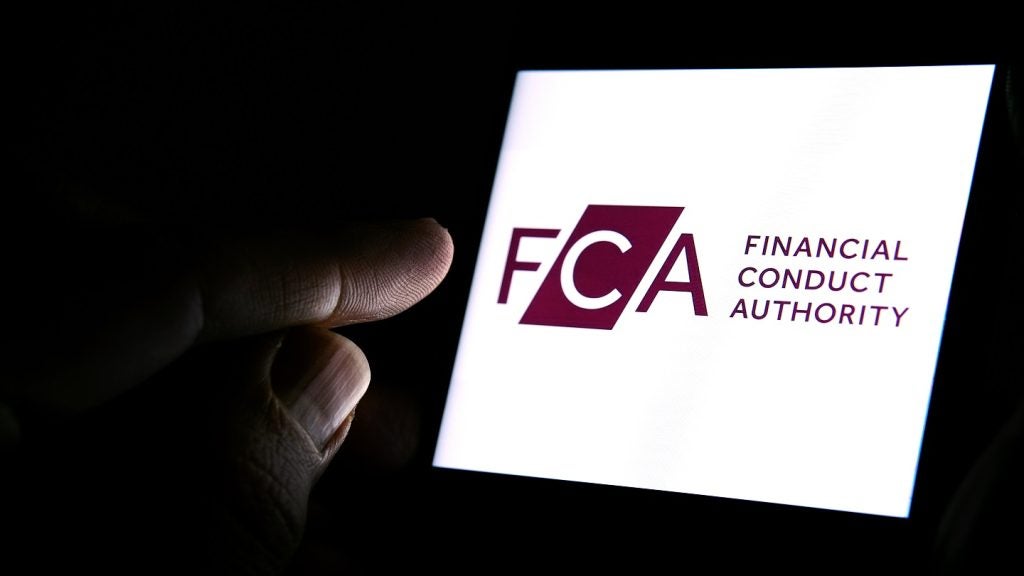
The Bill of Sales Act 1878 (‘the 1878 Act’) is archaic, touching on various forms of lending to individuals and unincorporated entities – including invoice finance and logbook loans, writes Eversheds Sutherland’s Martin Ward
The 1878 Act touches on various forms of lending to individuals and unincorporated entities including invoice finance and, the main focus of this article, logbook loans.
With an increase in the use of logbook loans, the process for the registration of bills of sale under the 1878 Act has become too time consuming and expensive.
The Law Commission has therefore recommended change and a draft Goods Mortgages Bill (‘the Bill’) has been published. The Bill (which cannot be contracted out of) seeks to provide simplicity for lenders and protection for borrowers and third party private purchasers.
Lenders
A logbook loan is simply a loan secured against a vehicle. The borrower enters into a bill of sale and transfers title to the vehicle to the lender until all repayments due under the loan have been made after which title is returned to the borrower. In order to perfect the security and ensure third parties are on notice, a bill of sale must be registered at the High Court for a fee.
The Bill replaces the bill of sale with a goods mortgage with more simplified prescribed terms. It distinguishes between a vehicle mortgage for qualifying vehicles and a general goods mortgage for other goods. Although the provisions are not finalised, it appears that the vehicle mortgage will be registered with a designated asset finance registry, while the general goods mortgage will still be registered at the High Court using a more streamlined process.
Borrowers
Under a regulated hire purchase agreement (where the borrower has paid over a third of the total amount payable), a lender requires a court order to repossess a vehicle. In contrast, logbook loan lenders can currently seize vehicles without notice or a court order on default of payment regardless of how much of the loan has been repaid.
How well do you really know your competitors?
Access the most comprehensive Company Profiles on the market, powered by GlobalData. Save hours of research. Gain competitive edge.

Thank you!
Your download email will arrive shortly
Not ready to buy yet? Download a free sample
We are confident about the unique quality of our Company Profiles. However, we want you to make the most beneficial decision for your business, so we offer a free sample that you can download by submitting the below form
By GlobalDataThe Bill therefore places restrictions on a lender taking possession of goods unless a specified condition has been met (including non-payment, failure to maintain or insure, offering the goods for sale, etc.). If one of these conditions is met, the lender must give a possession notice in the prescribed form.
A possession notice is not required if: (1) the secured obligation can be discharged by payment of money; (2) at the time the goods mortgage was created the total sum payable by the borrower could be determined; or (3) at the time the lender takes possession, less than one third of the total sum payable has been paid.
Furthermore, a possession notice is not required where the goods mortgage is exempt. The exemptions include goods mortgages which secure guarantees or certain running account credit agreements or where certain high net worth or business credit conditions are met. The possession notice has to contain prescribed information to the borrower.
If the lender breaches any of the provisions relating to the restrictions on taking possession, or in relation to the possession notice, the effects can be severe. The borrower becomes entitled to return the goods and is released from all further liability for the obligation secured by the goods mortgage.
Once repossessed, the lender has the right to sell the goods, provided its goods mortgage (including an exempt goods mortgage) is properly registered. A lender is not permitted to sell the goods before the fifth working day after taking possession.
The borrower has the right to terminate the goods mortgage in certain circumstances (except if it is an exempt goods mortgage) and deliver the goods to the lender. Upon termination, the borrower is released from any further liability under the obligation secured by the goods mortgages and title to the goods is returned to the lender.
One major issue with the 1878 Act was the position of third party purchasers. If a vehicle subject to a bill of sale is sold to a purchaser who at the time of purchasing has no knowledge of the bill of sale, title to the vehicle will remain with the lender. The innocent third party purchaser is then faced an unenviable choice: paying someone else’s debt or returning the vehicle.
The Bill provides new protection for such purchasers where either the goods mortgage was not registered or the purchaser was a private purchaser of the goods in good faith and without notice of the goods mortgage. Applying to all goods, the private purchaser provisions replicate Part III of the Hire Purchase Act 1964 in relation to hire purchase agreements. However, it does not appear that registration of the good mortgages alone will constitute actual or constructive notice regarding the lender’s interest and lenders will remain at risk in this regard.
Conclusion
Lenders will generally welcome the modernised approach proposed by the Bill. However, some lenders may not welcome the new provisions regarding protection for third party purchasers, especially where title to goods is lost following a borrower selling mortgaged goods to an unwitting purchaser.







